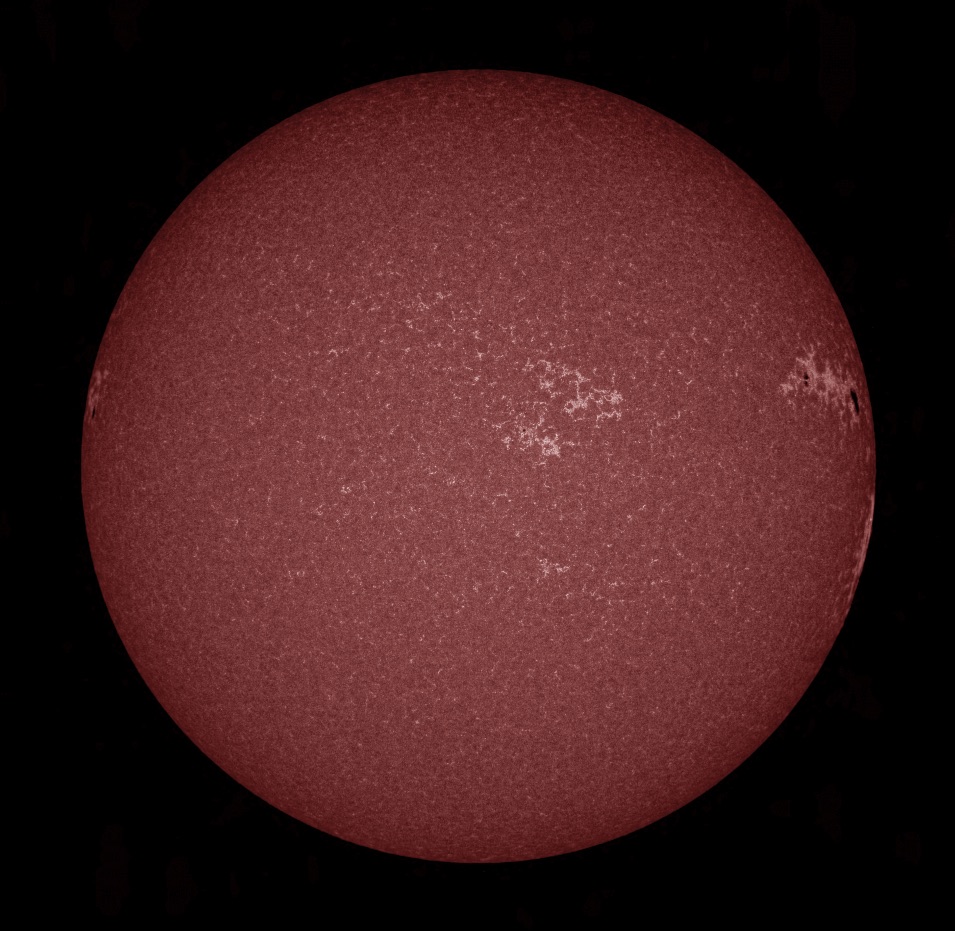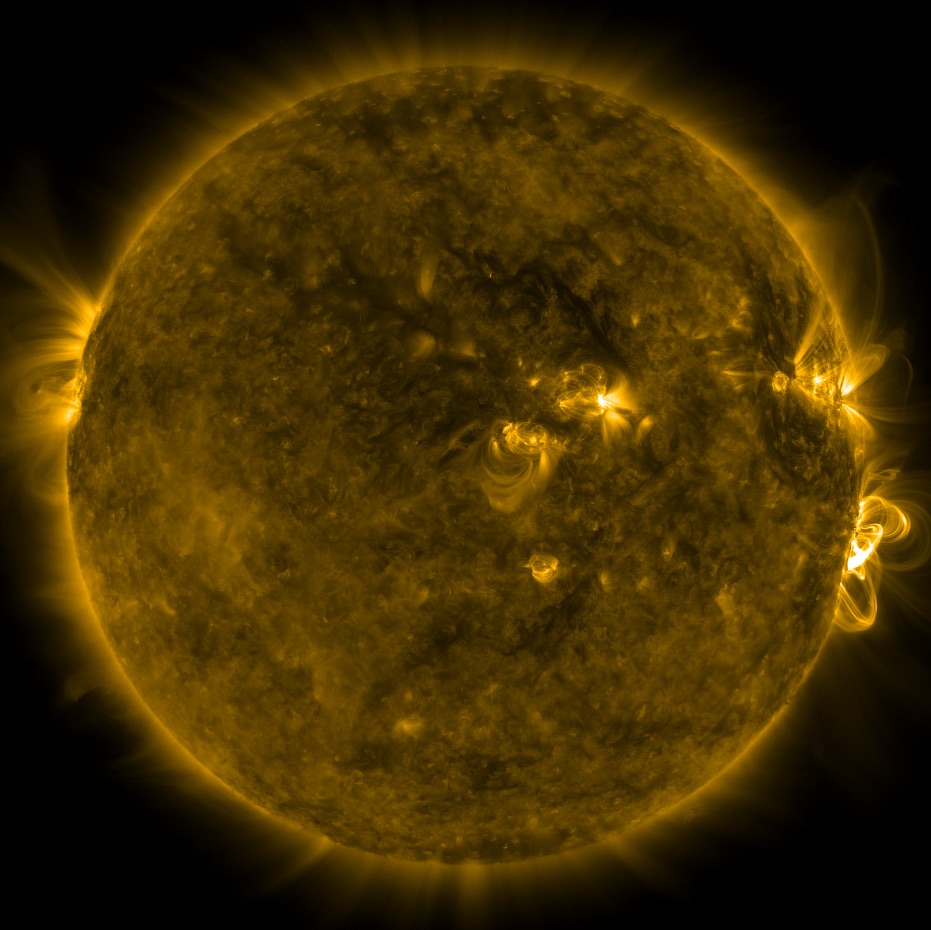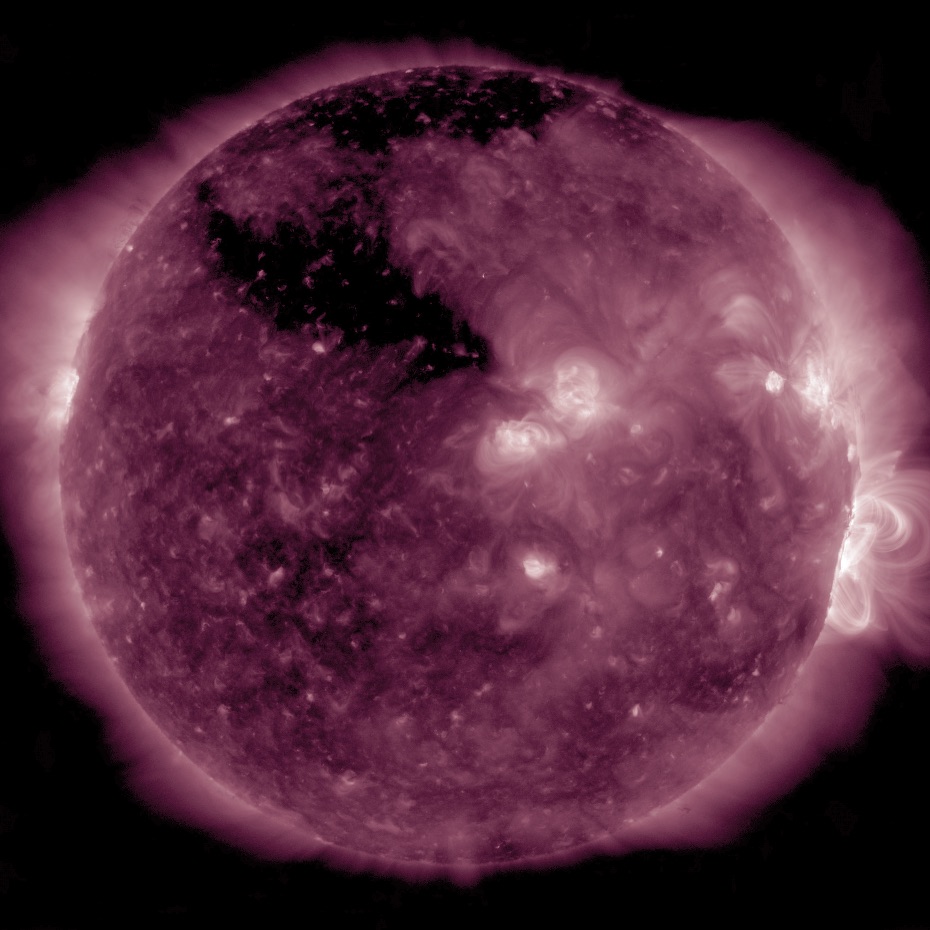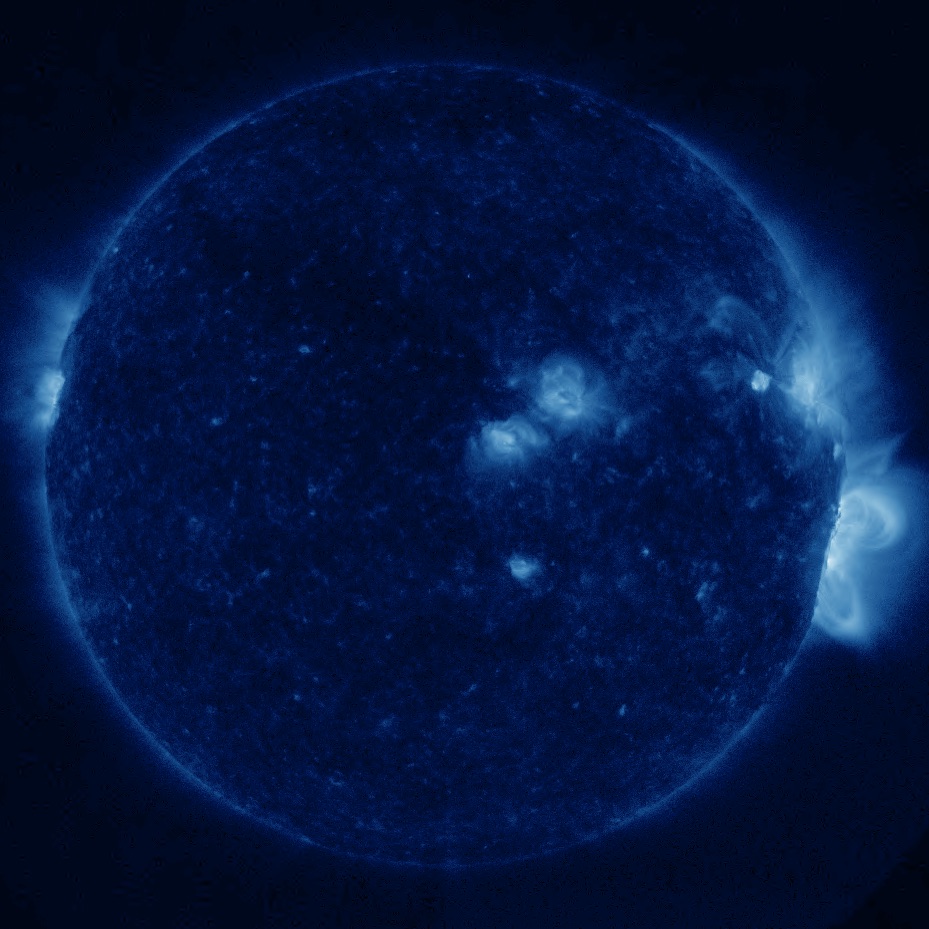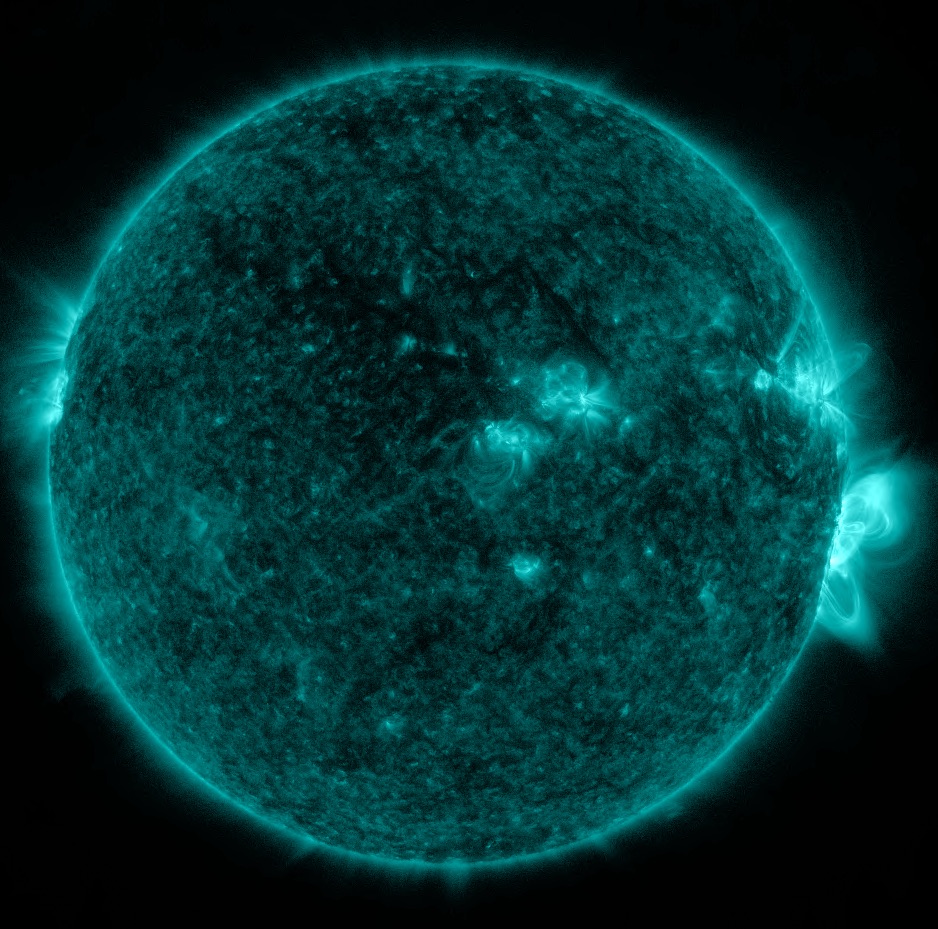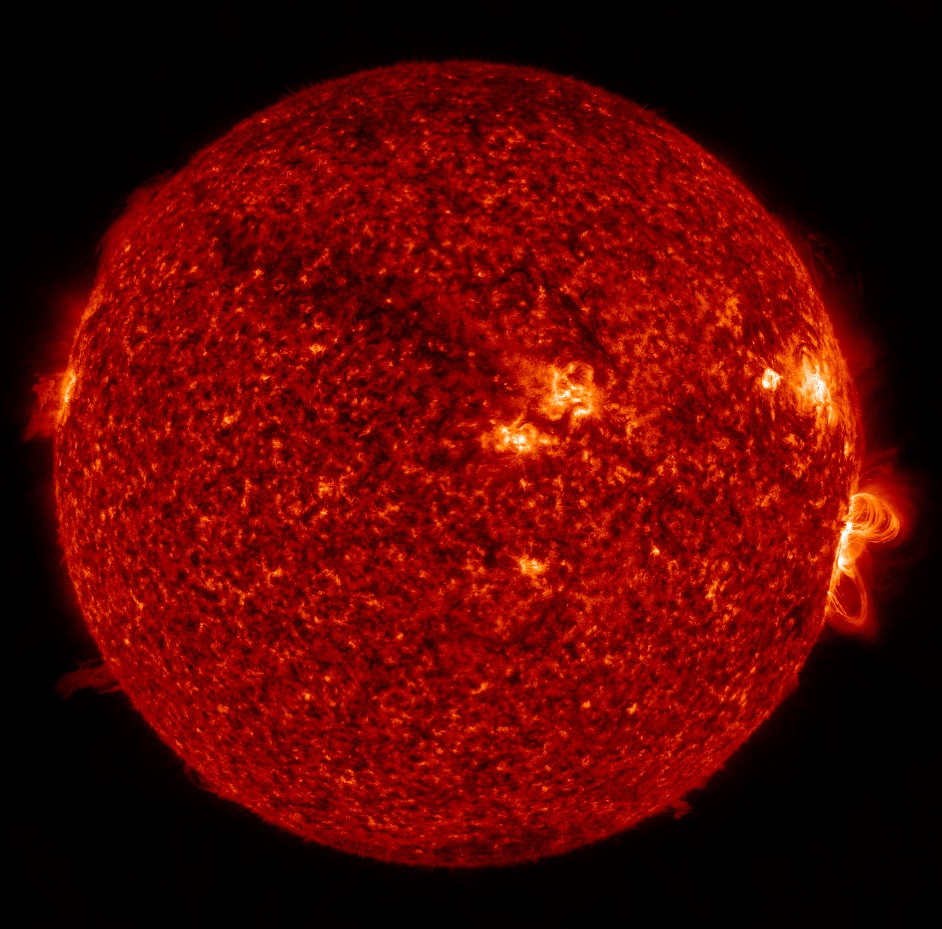RODEM
Robust Deep Density Models for High-Energy Physics and Solar Astronomy
ROLE OF THE INSTITUTE FOR DATA SCIENCE
> Machine learning
> Predictive and generative models for solar flare forecasting
> Models for solar active regions
> Algorithms for searching unknown solar features
Project lead at I4DS: André Csillaghy
Partners: UniGE
Funding: Swiss National Science Foundation SNSF (SINERGIA)
Start: 2021
Duration: 3 years
Keywords: big data, data science, machine learning, deep learning, heliophysics, high energy physics
SUMMARY
During the last decade, the amount of data available to scientists has increased enormously. New infrastructures, such as the Large Hadron Collider (LHC), and a new generation of solar observatories, such as the Solar Dynamics Observatory (SDO), produce data on a scale that, with existing methods, cannot be exploited to their full extent. Finding the rare event of interest is like trying to find a needle in a haystack.
This project is about new methods in machine learning resulting in better behaviour when dealing with rare events. The objectives are to create better forecasting tools, generative models and anomaly detectors to be applied in the fields of High Energy Physics and heliophysics.
PEOPLE @I4DS WORKING ON RODEM
Marius Giger
Master student
Dr. Stefan Hackstein
Astrophysicist
Yana Shtyk
PhD student
OPEN RESOURCES AND RESULTS
Conference papers
- Information-theoretic stochastic contrastive conditional GAN: InfoSCC-GAN, Bayesian Deep Learning NeurIPS 2021 Workshop [2112.09653] (2021)
- Funnels: Exact maximum likelihood with dimensionality reduction, Bayesian Deep Learning NeurIPS 2021 Workshop [2112.08069] (2021)
- Generation of data on discontinuous manifolds via continuous stochastic non-invertible networks, Bayesian Deep Learning NeurIPS 2021 Workshop [2112.09646] (2021)
- Turbo-Sim: a generalised generative model with a physical latent space, NeurIPS Workshop: Machine Learning and the Physical Sciences [2112.10629] (2021)
IMAGES

ATLAS event display and visualization of the Standard Model (SM) of High Energy Physics and hypothetical extensions Beyond the Standard Model (BSM), including potential machine learning solutions. Image: Team AstroSignals

The ability to predict solar flares is vital for taking mitigation measures on Earth in time. At a more fundamental level, flare prediction can lead to a deeper understandig of the dynamics of the Sun. Above, a solar flare in ultraviolet wavelength by the space telescope Solar Dynamics Observatory SDO, August 9, 2011. Image: NASA/SDO
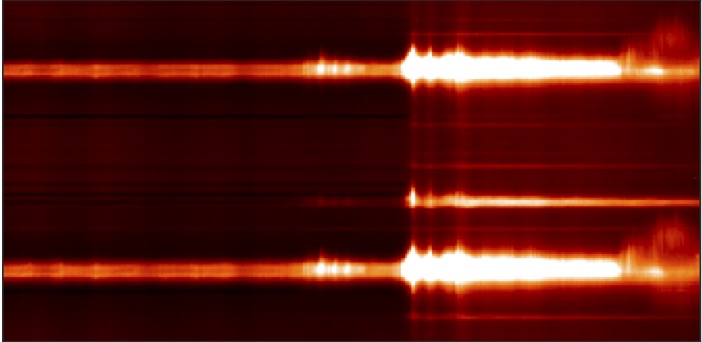
Spectra of a solar flare by the space telescope IRIS. Image: Brandon Panos, I4DS
One of the tasks of the project is to explore how new methods in machine learning can help detect new features and events on the Sun and, eventually, contribute to solving the problem of how the Sun heats its corona to millions of degrees Kelvin. Images: NASA/SDO by helioviewer.org

